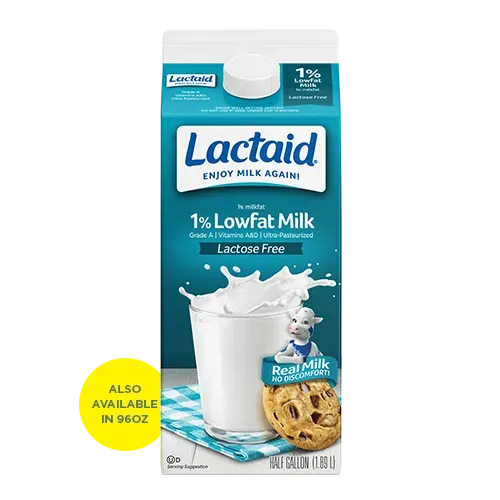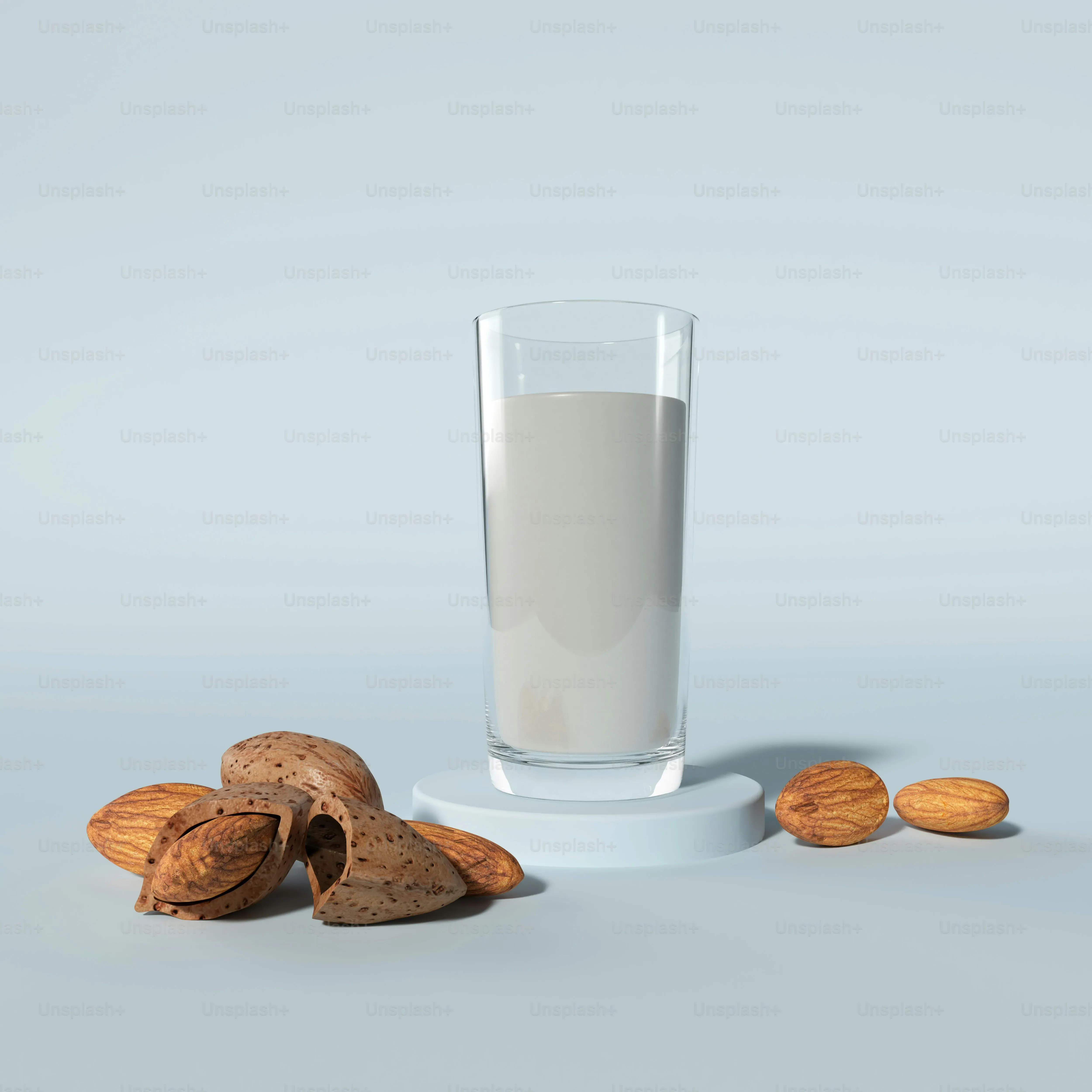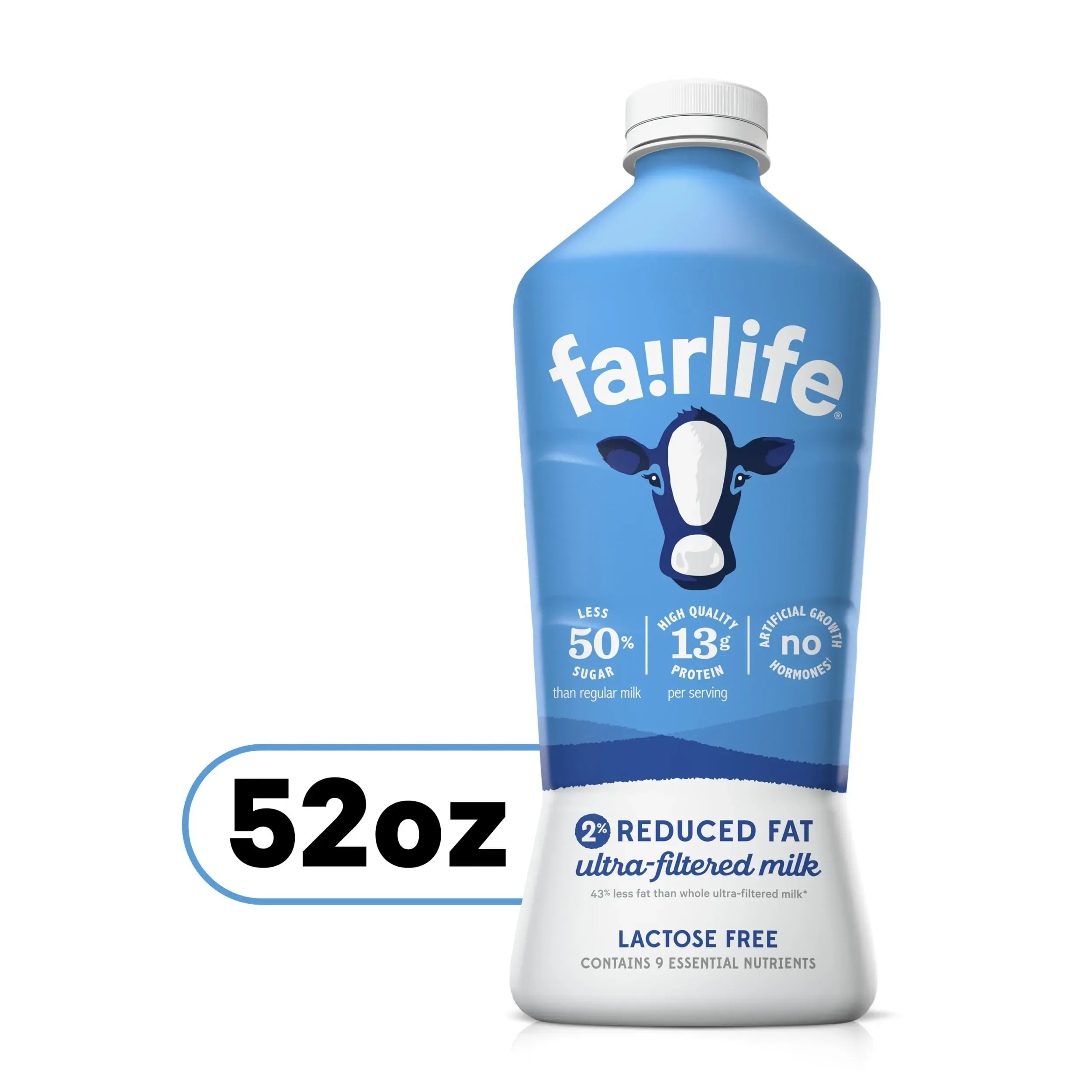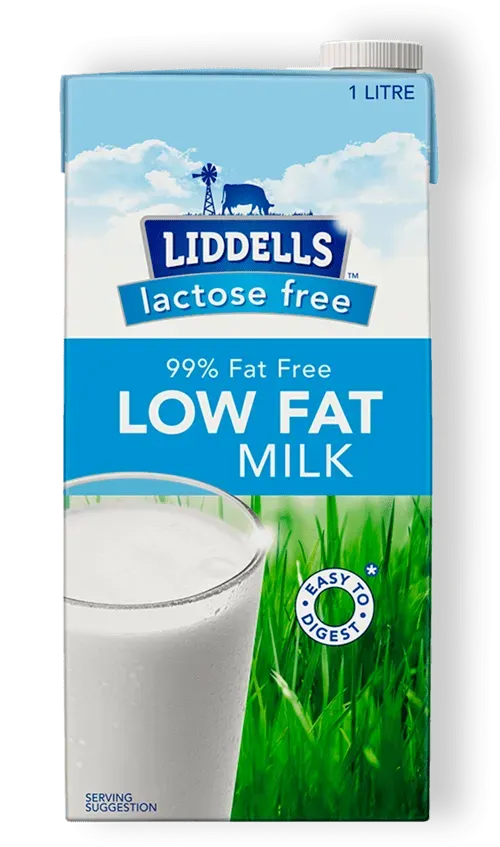Table of Contents
Let's be honest, dairy and digestion don't always play nice. For many, a glass of milk means trading calcium for discomfort. Bloating, cramps, the whole unpleasant shebang. It's enough to make you eye those plant-based alternatives with serious longing, even if you actually *like* the taste and nutrition milk offers. But what if you could have the familiar goodness of milk without the digestive drama, and keep the fat content down? Enter low fat milk lactose free. It sounds simple, perhaps even too good to be true if you've been avoiding dairy for a while. This isn't some lab-grown substitute; it's regular milk, just processed to remove the sugar (lactose) that causes trouble for so many. We're going to cut through the noise and look at exactly what low fat milk lactose free brings to the table, why it might be the answer you've been looking for, how it actually tastes and performs in your morning coffee or cereal, and how to navigate the dairy aisle to find the best fit for your fridge.
What is Low Fat Milk Lactose Free Anyway?

What is Low Fat Milk Lactose Free Anyway?
Breaking Down the Basics: Lactose vs. Lactase
Alright, let's get straight to it. You see "low fat milk lactose free" on the carton and maybe you're picturing something totally different from regular milk. It's not some alien beverage. At its core, this is cow's milk, just treated a bit differently. The main culprit for digestive distress in many people is lactose, a natural sugar found in milk. Lactose needs an enzyme called lactase to break it down in your gut so your body can absorb it. If you don't produce enough lactase – which is incredibly common, by the way – that lactose just sits there, ferments, and causes all sorts of ruckus: bloating, gas, pain. Not fun.
The Magic Trick: Adding the Missing Enzyme
So, how do they make low fat milk lactose free? It's surprisingly simple. Dairy processors add the lactase enzyme directly to the milk. This enzyme gets to work outside your body, breaking down the lactose into simpler sugars (glucose and galactose) before you even drink it. Your body can easily absorb these simpler sugars. The "low fat" part just means they've adjusted the fat content, typically down to 1% or even skim, just like regular low-fat milk options you're used to seeing. It still has the same vitamins, minerals, and protein as standard cow's milk, just without the problematic sugar.
Still scratching your head about the difference?
- Lactose-Free Milk: Cow's milk with lactase added to break down lactose. Still contains dairy protein and nutrients.
- Dairy-Free Milk: Beverages made from plants (almonds, soy, oats, etc.). Contains no cow's milk components at all.
Why Choose Low Fat Milk Lactose Free? Benefits and Nutrition

Why Choose Low Fat Milk Lactose Free? Benefits and Nutrition
Ditching the Digestive Drama
let's face it, the number one reason people reach for low fat milk lactose free is pretty simple: avoiding the digestive apocalypse. If you're one of the millions who experience bloating, gas, or abdominal pain after drinking regular milk, switching to a lactose-free version can be a game-changer. It means you can enjoy cereal, splash milk in your coffee, or bake without planning your day around potential trips to the bathroom. It’s not just about comfort, though that’s a big part of it. It’s about not having to cut out a familiar food staple from your diet just because your gut throws a fit. Think of it as getting your milk privileges back without the consequences.
Keeping the Good Stuff: Nutrients Intact
Beyond dodging the lactose bullet, low fat milk lactose free holds onto the nutritional powerhouse that cow's milk is known for. We're talking high-quality protein, crucial for building and repairing tissues. It's also typically fortified with Vitamin D, essential for bone health and often hard to get enough of otherwise. Calcium? Yep, still packed with it, which is kind of the whole point of drinking milk for many people looking out for their bones. While plant milks have their place, their nutritional profiles can vary wildly, sometimes lacking protein or certain vitamins unless heavily fortified. With low fat lactose-free milk, you get a consistent, reliable source of these key nutrients without the extra fat of whole milk or the digestive fallout of regular milk.
- Avoids lactose intolerance symptoms (bloating, gas, pain).
- Provides high-quality protein.
- Excellent source of calcium for bone health.
- Often fortified with Vitamin D.
- Offers a familiar taste and texture for cooking and drinking.
- Maintains a lower fat profile compared to whole milk.
Taste and Using Low Fat Lactose Free Milk in Everyday Life

Taste and Using Low Fat Lactose Free Milk in Everyday Life
Does Low Fat Lactose Free Milk Taste Different?
the million-dollar question: does this stuff actually taste like milk? Yes, mostly. If you're used to regular low-fat milk, switching to low fat milk lactose free is a pretty smooth transition taste-wise. The biggest difference you might notice, and it's subtle, is a slightly sweeter taste. Remember how they add lactase to break down the lactose? That process turns the lactose into glucose and galactose, which are simpler sugars and taste a bit sweeter than lactose itself. It’s not like adding a spoonful of sugar, but some people definitely pick up on that hint of extra sweetness. It still has that classic milk flavor, though, which is a relief if you can't stand the taste of some plant-based options.
Cooking, Coffee, and Cereal: Putting it to the Test
Beyond just drinking it straight, how does low fat milk lactose free hold up in the kitchen? Pretty darn well, actually. For your morning cereal or splashing into your coffee or tea, it behaves exactly like regular low-fat milk. No weird curdling or separation. When it comes to cooking and baking, you can generally substitute it cup-for-cup for regular low-fat milk in most recipes. Think sauces, soups, pancakes, muffins – anything that calls for milk where the low fat content is suitable. The slight sweetness doesn't usually impact savory dishes significantly, and it can even enhance baked goods slightly. It's the reliable workhorse you need without the fear of post-meal gut rebellion.
So, what are you usually using milk for?
- Cereal or oatmeal
- Coffee or tea creamer
- Smoothies
- Baking (muffins, cakes)
- Cooking (sauces, soups)
- Drinking straight
Making the Switch: Finding Your Favorite Low Fat Milk Lactose Free Option

Making the Switch: Finding Your Favorite Low Fat Milk Lactose Free Option
Navigating the Dairy Aisle Maze
So, you're sold on the idea of low fat milk lactose free and ready to make the leap. Great. Now you stand in the dairy aisle, and suddenly there are more cartons than you remember. Brands you've never heard of, different percentages, organic, filtered, ultra-pasteurized. It can feel a bit overwhelming, like trying to pick a streaming service these days – too many options. The good news is that most major dairy brands now offer a lactose-free version of their low-fat milk. Look for keywords like "lactose free," "lactose reduced," or "digestive ease" alongside the "low fat" or "1%" descriptor. Don't be afraid to check the ingredients list if you're unsure; it should list lactase enzyme.
What to Look For Beyond "Lactose Free"
Once you've confirmed it's low fat and lactose free, what else matters? Price is obviously a factor; these can sometimes be slightly more expensive than regular milk, though the difference is shrinking. Consider the fat percentage – 1% is typical for low fat, but skim (fat-free) is also available if you want even less fat. Some brands use ultra-pasteurization, which gives the milk a much longer shelf life unopened, but some folks claim it affects the taste. Others use traditional pasteurization. If you have strong brand loyalty for regular milk, start there; their lactose-free version might be your best bet for a familiar taste profile.
- Check for "Lactose Free" or "Lactose Reduced" on the label.
- Confirm the fat content (Low Fat, 1%, Skim).
- Compare prices across brands.
- Note the pasteurization method (standard vs. ultra-pasteurized) if shelf life or taste nuances matter to you.
- Consider organic options if that's important for your diet.
Trial and Error: Finding Your Champion
Here’s the slightly less glamorous part: you might need to try a couple of different brands or types of low fat milk lactose free before you find your absolute favorite. While the core concept is the same (lactose removed), subtle differences in processing, the original milk source, or even packaging can impact the taste and texture slightly. Don't get discouraged if the first carton isn't love at first sip. Grab a different brand next time. Maybe one has a slightly cleaner taste to you, or another works better in your coffee without altering the flavor profile you love. It’s a small investment in finding a daily staple that keeps your gut happy and your nutrient intake solid.
Wrapping Up Low Fat Lactose Free Milk
So, we've looked at low fat milk lactose free, from what makes it different to how it stacks up nutritionally and practically. It offers a way to keep dairy in your diet, providing protein and essential nutrients like calcium and Vitamin D, without the digestive upset lactose can cause. The taste is familiar, maybe slightly sweeter due to the enzyme breaking down lactose, and it works just like regular milk in recipes and drinks. Finding it is straightforward in most grocery stores, with various brands offering 1% or skim options. It's not a magic bullet for everyone, especially those with a true milk protein allergy, but for lactose intolerance, it presents a viable, nutritious alternative worth considering if you prefer dairy's profile over plant-based options.
